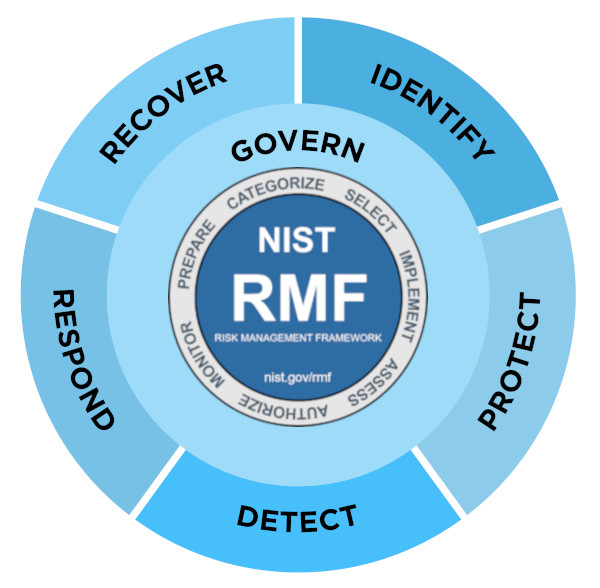The NIST Cybersecurity Framework (CSF) and NIST RMF 800-53 are cornerstone frameworks for cybersecurity, but they differ in scope and approach. The data dashboard below compares CSF categories, subcategories, and 800-53 controls, revealing insights to highlight the differences and help to guide your cybersecurity strategy.
Structure:
- NIST CSF Core: Organized into 6 core functions (Govern, Identify, Protect, Detect, Respond, Recover), 22 categories, and 106 subcategories. It emphasizes outcomes to achieve risk management.
- NIST RMF 800-53: Comprises 20 control families (e.g., Access Control, Incident Response) with 1,007 specific controls, focusing on technical and procedural requirements to achieve risk management.
Granularity:
- NIST CSF Core: Subcategories are broad, outcome-focused guidelines (e.g., “ID.AM-1: Physical devices and systems are inventoried”).
- NIST RMF 800-53: Controls are granular and prescriptive (e.g., “AC-2: Account Management” includes specific requirements for user account monitoring).
Mapping Summary:
- NIST CSF Core:
- Maps to all 20 800-53 security control families
- Maps to 207 800-53 security controls
CSF to RMF data dashboard benefits:
- Visualize the broad vs granular nature of the frameworks.
- Compare the structure of each framework.
- Visualize the mapping from the CSF to the RMF 800-53.

